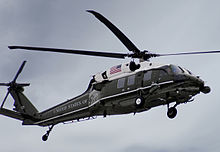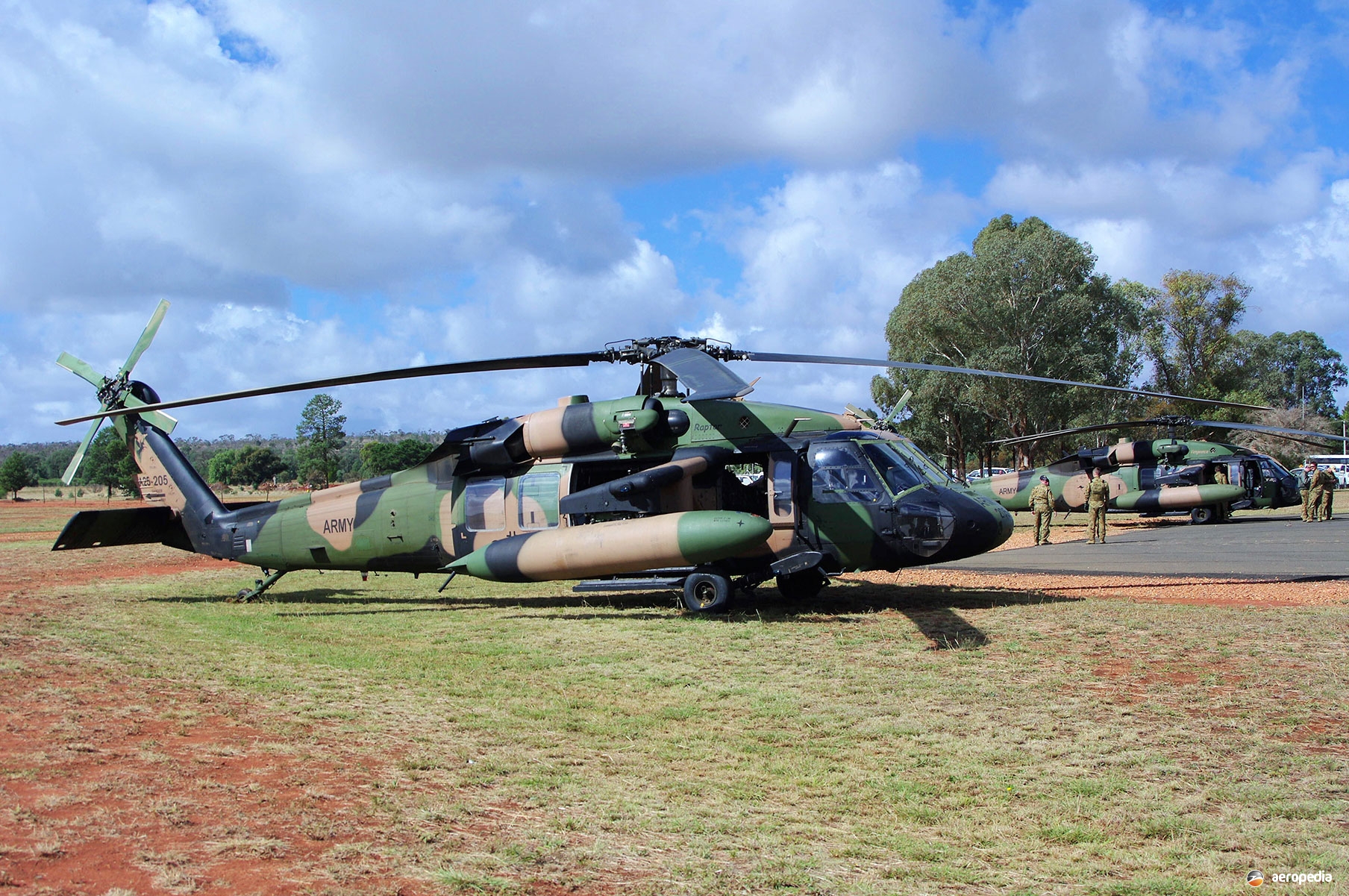Unveiling the Sikorsky S 70: Advancements and Advances in Helicopter Engineering
Unveiling the Sikorsky S 70: Advancements and Advances in Helicopter Engineering
Blog Article
High-Performance Multi-Role Rotorcraft Featuring Advanced Cockpit Technologies and Integrated Sensor Solutions
The realm of rotorcraft technology has actually seen remarkable advancements in current times, specifically in the world of high-performance multi-role rotorcraft geared up with innovative cabin innovations and effortlessly incorporated sensing unit systems. These technologies have not only augmented the operational capacities of rotorcraft but have additionally significantly impacted contemporary air travel procedures on different fronts. From improved objective flexibility to improved operational efficiency, the convergence of sophisticated cockpit innovations and integrated sensing unit systems has actually introduced a new period of possibilities for rotorcraft applications. In the complying with conversation, we will certainly discover the development of rotorcraft innovation, look into the world of innovative cockpit technologies, and check out the implications of incorporated sensor systems on the functional flexibility and efficiency of modern rotorcraft.
Development of Rotorcraft Innovation
The advancement of rotorcraft modern technology has been marked by considerable improvements in the rules of aerodynamics, products, and propulsion systems, forming the capacities and performance of modern rotorcraft. In addition, advancements in propulsion systems, consisting of extra effective engines and innovative propulsion modern technologies, have made it possible for rotorcraft to achieve higher elevations, faster rates, and better hauls.
These improvements have not only transformed the capacities of rotorcraft but have additionally broadened their applications throughout various industries, consisting of army, industrial, and emergency situation services. The continual development of rotorcraft innovation proceeds to drive innovation in the field, pressing the limits of what is possible and shaping the future of vertical flight.
Advanced Cockpit Innovations
Building upon the foundational innovations in the rules of aerodynamics, products, and propulsion systems, the world of rotorcraft technology currently moves emphasis towards introducing Advanced Cockpit Innovations. The integration of advanced modern technologies within the cockpit setting plays a vital duty in boosting the operational capabilities, security, and efficiency of contemporary rotorcraft. sikorsky s 70. Advanced Cockpit Innovations encompass a large array of attributes made to supply pilots with boosted situational understanding, structured data administration, and intuitive control interfaces
One of the vital developments in cabin layout is the execution of glass cabins, which replace standard analog evaluates with high-resolution display screens. These digital systems use adjustable formats, real-time information assimilation, and improved readability, enabling pilots to accessibility vital details at a glimpse. Progressed avionics systems, such as fly-by-wire controls and increased truth display screens, are reinventing how pilots engage with the aircraft, allowing for precise control and enhanced decision-making capabilities.


Incorporating advanced cabin advancements not just boosts pilot efficiency but also adds to total mission performance and safety and security in intricate functional atmospheres. By leveraging cutting edge modern technologies within the cockpit, rotorcraft makers are setting brand-new criteria for operational quality and goal success.
Integrated Sensor Equipments
With the development of rotorcraft innovation, the assimilation of advanced Integrated Sensor Systems has become vital in boosting functional performance and safety. These Integrated Sensing unit Equipments include a wide variety of modern technologies that provide vital data for different features such as navigating, monitoring, targeting, and ecological monitoring. By effortlessly integrating sensing units like radars, cams, lidar, and infrared systems into rotorcraft, operators can benefit from improved situational understanding, boosted mission capabilities, and minimized look these up pilot workload.
One trick advantage of Integrated Sensing unit Solutions is their ability to collect real-time data and provide workable understandings to pilots and objective operators. Progressed radar systems can identify and track targets over long distances, enabling for early threat discovery and efficient reaction planning. Furthermore, incorporating infrared and electro-optical cams allows rotorcraft to carry out reconnaissance and surveillance missions with precision and precision.
Fundamentally, the assimilation of innovative sensing unit technologies right into rotorcraft not only boosts operational performance yet also adds considerably to overall mission success and crew security. As rotorcraft remain to evolve, the role of Integrated Sensor Equipment will most certainly stay at the center of advancement in the aerospace industry.
Operational Versatility and Performance
Enhancing operational adaptability and effectiveness in rotorcraft is an all-natural progression from the combination of advanced Integrated Sensor Solutions. By leveraging the understandings and data offered by these sophisticated sensor systems, rotorcraft can maximize their efficiency throughout various objectives and environments.
Functional adaptability incorporates the ability of rotorcraft to adjust to various functions and scenarios successfully. With sophisticated cabin modern technologies and integrated sensor systems, rotorcraft can flawlessly transition in between tasks such as search and rescue, clinical discharge, security, and much more. This flexibility improves the rotorcraft's ability to fulfill diverse operational requirements without needing substantial reconfiguration.
Performance in rotorcraft operations is critical for optimizing goal efficiency and source use. Integrated sensing unit systems play a critical role in boosting functional effectiveness by supplying real-time information on climate conditions, terrain mapping, target tracking, and more. This data makes it possible for pilots to make educated decisions promptly, maximize trip paths, conserve fuel, and boost total objective productivity.
Effect On Modern Air Travel Operations

Additionally, the assimilation of advanced sensing units assists in enhanced goal planning and implementation, enabling rotorcraft to do a broad range of tasks with improved accuracy. From search and rescue procedures to aerial firefighting and legislation enforcement goals, the capabilities of modern-day rotorcraft equipped with sophisticated cabin modern technologies and incorporated sensor systems are unequaled.
Additionally, the effect of these improvements extends past operational effectiveness to cost-effectiveness and sustainability. By enhancing flight paths, fuel usage, and upkeep schedules, high-performance rotorcraft geared up with innovative cabin modern technologies and sensing units contribute to lowering operational costs and ecological influence, making them important possessions in modern-day air travel procedures.
Final Thought
Finally, the high-performance multi-role rotorcraft with sophisticated cabin technologies and integrated sensing unit systems represents a considerable advancement in aviation modern technology. These innovations enhance operational flexibility and effectiveness, inevitably affecting modern aviation operations in a positive method. The combination of these sophisticated modern technologies permits boosted capacities and efficiency in different objective scenarios, showcasing the proceeded improvement of rotorcraft modern technology in the aviation market.
The world of rotorcraft modern technology has seen noteworthy innovations in current times, especially in the realm of high-performance multi-role rotorcraft outfitted with advanced cabin innovations and seamlessly integrated sensor systems. From boosted objective flexibility to enhanced operational performance, the convergence of innovative cockpit technologies and incorporated sensor systems has ushered in a new era of possibilities for rotorcraft applications. In the following conversation, we will check out the advancement of rotorcraft modern technology, dive right into the world of advanced cockpit technologies, and check out the implications of integrated sensor systems on the functional adaptability and efficiency of contemporary rotorcraft.

Report this page